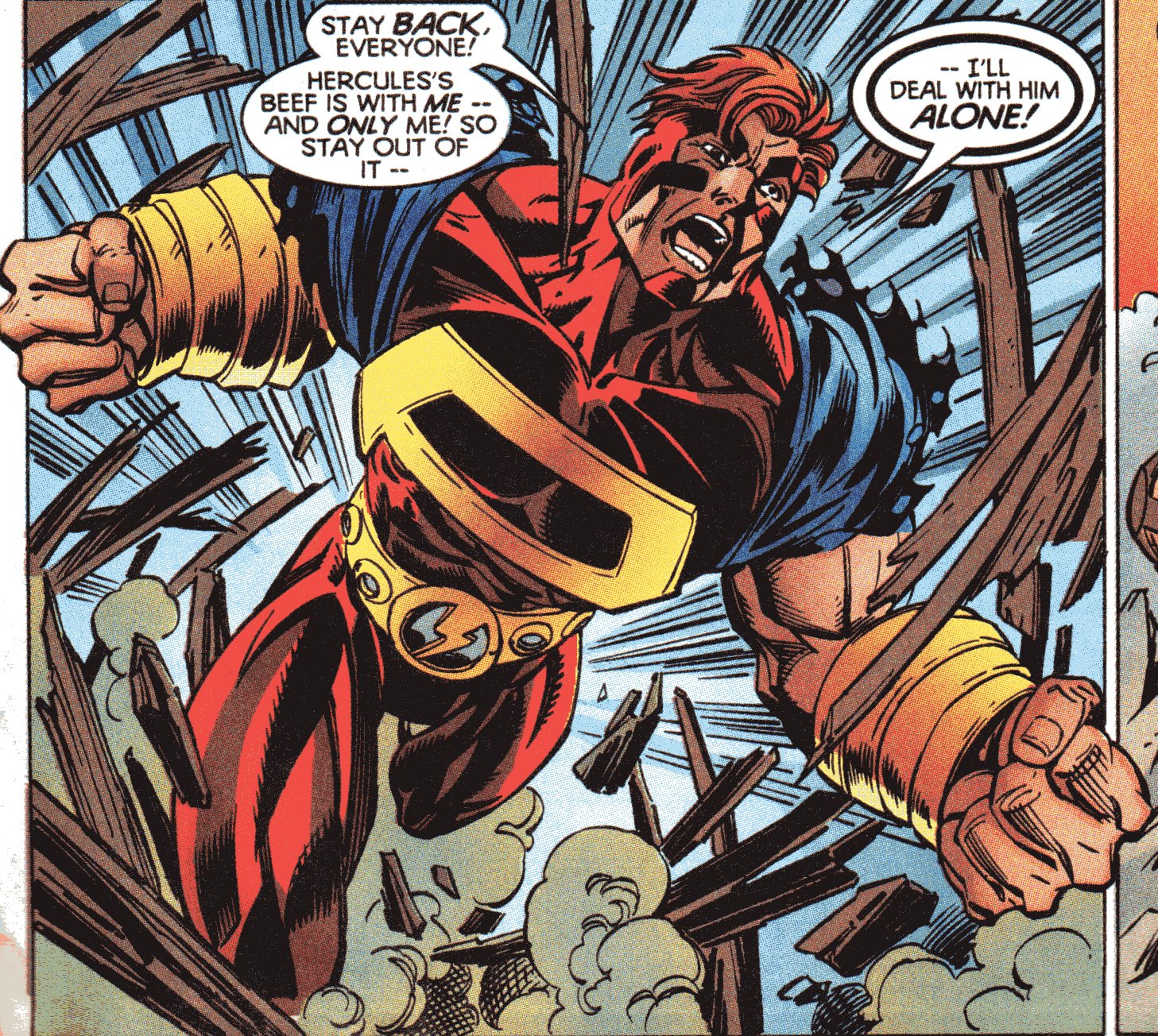Tom-D
Taxi to Parking
- Joined
- Feb 23, 2005
- Messages
- 34,740
- Display Name
Display name:
Tom-D
Would this be the case for the R-755?
No. because the oil may be in the intake pipe of the lower cylinder, and the engine at exhaust event for that cylinder.
the starter will turn the engine at normal speed building energy until that cylinder reaches its intake stroke and draws in the oil, and continue to turn at normal speed until it contacts the solid mass.
The energy contained in the prop and rotation group will be enough to bend a rod before the starter clutch feels the resistance.






